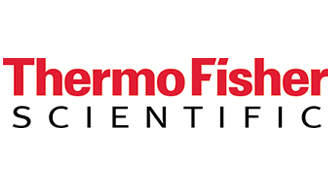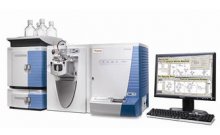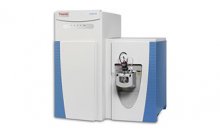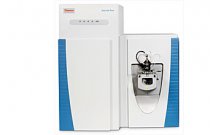数据依赖性母离子扫描触发MS/MS鉴定丁螺环酮第一阶生物转化产物
摘要:
The identification of biotransformation products of a pharmaceutical is important in understanding its pharmacological and its potentially toxicological effects. In order to improve the efficacy of a pharmaceutical and minimize any toxic side effects, drug candidates are being screened earlier in the discovery process. By identifying the metabolites of a drug candidate, the compound can be modified to block metabolic active sites increasing its duration of action, or the structure can be altered to prevent the formation of toxic by-products.
One of the common means of identifying drug metabolites by LC/MS/MS is employing the selective scan modes of a triple quadruple mass spectrometer, namely the parent ion scan and the constant neutral loss scan. These tandem mass spectrometry (MS/MS) scan functions allow a selective means of identifying multiple unknown compounds that are structurally related to a known pharmaceutical within the same LC run. The specificity of the parent ion scan or constant neutral loss scan effectively filters out endogenous interference ions, thereby reducing the possibility of identifying false positives.
This application report demonstrates the ability of the Finnigan TSQ Quantum Ultra (Thermo Electron, San Jose, CA, USA) to identify phase I metabolites of buspirone generated in vitro using parent ion scan mode. In addition to the Finnigan TSQ Quantum Ultra’s high sensitivity and selectivity for identifying buspirone metabolites, the duty cycle of the Finnigan TSQ Quantum Ultra is capable of Data Dependent™ product ion acquisitions of potential metabolites that provide important structural information, all on the chromatographic time scale.
仪器:
结论:
The Finnigan TSQ Quantum Ultra was able to identify nineteen phase I metabolites of buspirone generated in vitro using multiple parent ion scan functions. Data Dependent product ion spectra, triggered from the parent ion survey scans, were collected for the buspirone metabolite ions, thereby providing useful structural information on the LC time scale. In addition to the expected monoand dioxidative phase I biotransformation products, dealkylation metabolites were observed, which would have been difficult to identify using a more selective scan technique (i.e., MRM).




